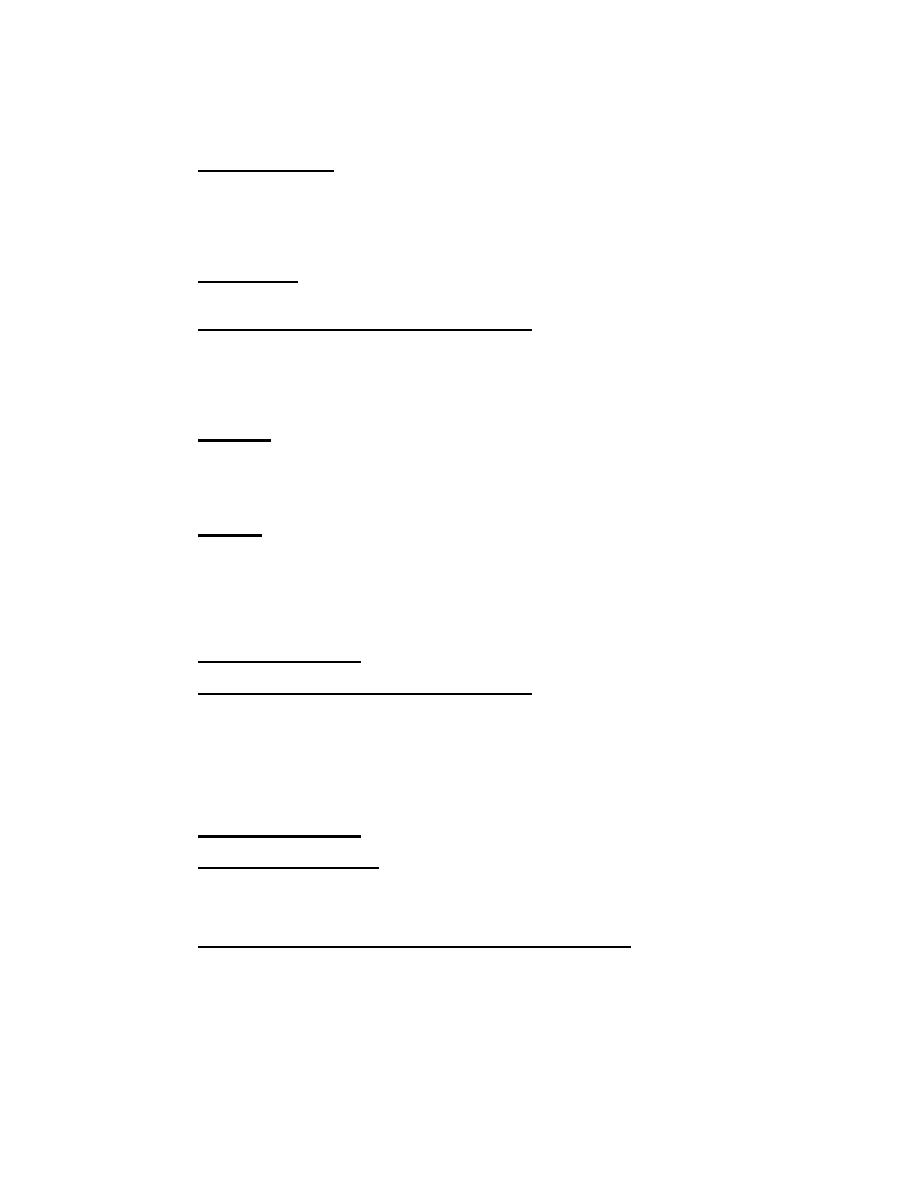

Custom Search
|
|

|
||
 MIL-HDBK-1025/4
4.5.4
Close-Pile Wall. (See Figure 27, type C4.) This type of front
wall construction once was common and still is economical where logs can be
inexpensively obtained. The problem is that the logs (piles) do not fit well
together and, despite the best efforts to seal the openings in the wall with
various kinds of filters and sheathing, experience demonstrates that loss of
backfill is a virtual certainty.
4.5.5
Double Wall. (See Figure 28, type F.)
This variation of the
soldier pile wall can develop great strength.
4.6
Materials for Front Wall Construction. Use of steel, concrete, and
timber is common. General criteria for use in the design and detailing of
such construction are presented in para 4.9, and MIL-HDBK-1025/6, General
Criteria for Waterfront Construction. Other materials in occasional use
include galvanized corrugated sheet metal, corrugated fiberglass, and
corrugated aluminum.
4.6.1
Aluminum. Theoretically, aluminum should not be a durable sheeting
material. Below the dredge line and on the filled face, the lack of oxygen
should inhibit the formation of the usual protective oxide. However, the
material reportedly has been used to construct thousands of feet of bulkhead.
No special problems have been reported.
4.6.2
General. In general, experience with all of these materials is too
limited to define their long-term durability. Under proper conditions, an
adequate service life could be realized and their use may be considered.
Design should be based on load factors as described in para. 4.9. The limited
strength of available sections prevents their use as vertical sheeting in all
but low walls. When used as lagging, they find application potential in
medium and high walls as well.
Types of Anchorage.
(See Figures 30, 31, and 32.)
4.7
4.8
Selection Factors - Type of Anchorage. Use simple concrete wall or
sheet pile deadman wherever feasible. A pile supported anchorage, in general,
is used only where it is necessary to provide support for the wall before the
fill behind the wall can be built up to the anchor level. This occurs when
the location is too close to the wall (see Figure 31, Detail No. 4). For
usual criteria for locating anchorage, there is ample room to provide for
simultaneous development of anchorage resistance with build-up of pressure on
the front wall.
4.9
Allowable Stresses
4.9.1
Front Wall Materials. For vertical sheeting, use allowable stress
= 1.2f, where f is allowable stress given in MIL-HDBK-1002/2 for Service
Classification B, or alternatively, reduce overall load factor by 25 percent.
Refer to para. 4.5.3. for lagging.
4.9.2
Tie Rods, Fittings, Connections, and Anchor Wall. Use allowable
stress = 0.75f, where f is allowable stress given in MIL-HDBK-1002/2 for
Service Classification B, or alternatively, increase overall load factor by
33 percent.
42
|
 
|
|
 |
||